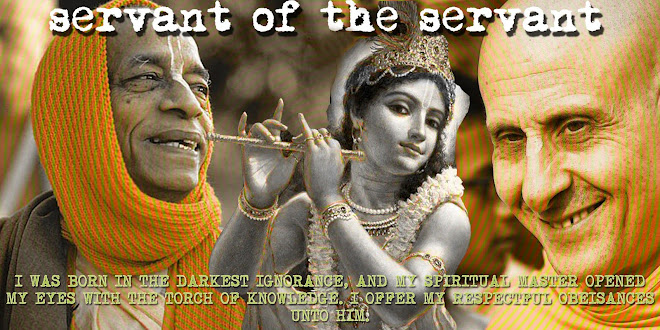According to modern psychology, the self is made of a combination of conscious and unconscious self. In the unconscious realm, there are collective and personal forgotten images. Images or memories that we collected from our culture, family and our own individual quarks over a period of time. We may not be aware of these intentionally but is a part of us. This is unconsciously present within us. The ego is a sum total of our conscious and unconscious self and this sum total (ego) is exhibited as our personality. Our likes and dislikes (personality) in daily life therefore are a reflection of our ego.
The model can explain many mundane attributes of a person,however, it does not answer what psychologists call the hard problem. Where does consciousness come in all of this? Scientists are not able to explain how a being experiences this phenomenal world. The quality of awareness (qualia) such as the redness in red or the sensation of taste or our passion for a particular work or person or love etc that which defines us is not quantifiable within the scientific community.
I am very astonished that the scientific picture of the real world around me is deficient. It gives a lot of factual information, puts all our experience in a magnificently consistent order, but it is ghastly silent about all and sundry that is really near to our heart, that really matters to us. It cannot tell us a word about red and blue, bitter and sweet, physical pain and physical delight; it knows nothing of beautiful and ugly, good or bad, God and eternity. Science sometimes pretends to answer questions in these domains, but the answers are very often so silly that we are not inclined to take them seriously.
- Erwin Schrödinger - Nobel Prize Winning Physicist
In fact it is said that Schrödinger was so fed up with the mundanness of science that he gave up hard science in later stages of his life. This is a testimony to how science is good at collecting and interpreting data but falls way short on explaining what makes us human. Most scientists' (my opinion) therefore cannot appreciate the simple things in life, unfortunately. What to speak of an unknown and unseen God!
Anyways, consciousness according to vedic theory is the symptom of the existence of an ethereal substance called soul. The soul is as real as matter (body) but only it does not hold material qualities such as decay or change. It is not affected by material elements of heat, cold, dryness, wetness etc. It is also not subjected to sensual and mental feelings of pain, pleasure, anger, depression etc. So if we remove the sensual, mental and material layers of our self, whatever is remaining is the subliminal soul.
The soul is experiencing this phenomenal world and the quality of awareness stems from the soul. The soul or the actual person is completely independent and in fact entire sense of being (consciousness) of thinking (brain functions), willing and feelings (from our heart) comes from the soul. The body and mind and the ego are windows for the soul to experience and relate with this world. Modern science says that the body+mind+ego=self or person. Vedic science says that soul=self or person and it uses the body+mind+ego as a vessel to experience this world.
Science cannot make any progress in this field of consciousness till they agree to the existence of a completely independent substance called the soul. If they do agree at some point in the future, then the entire field of science has to be re-written.
Hare Krishna
